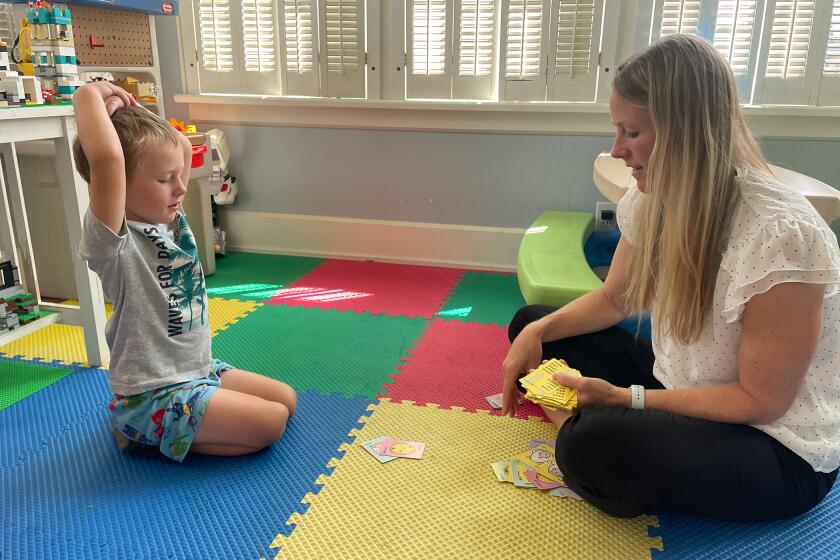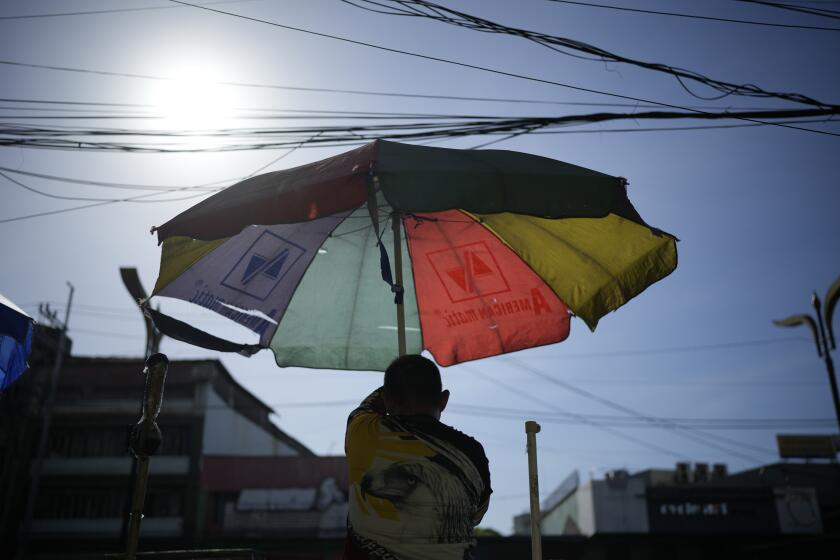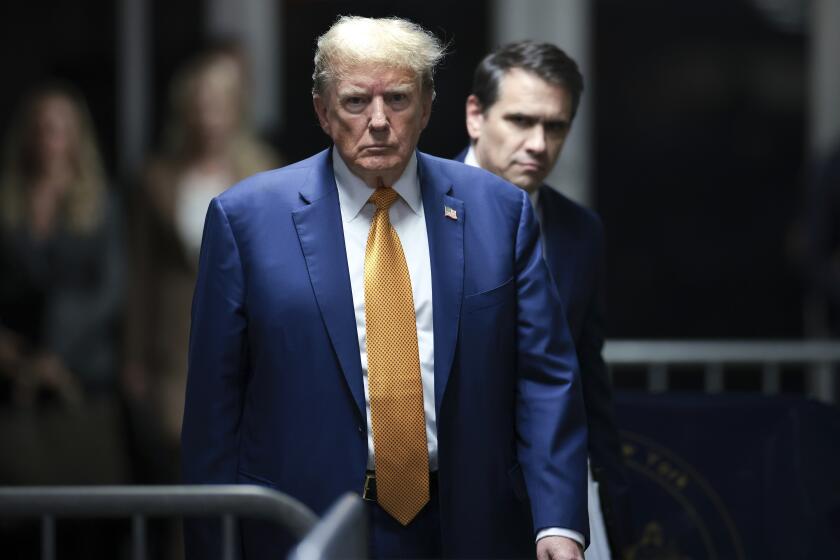SLAUGHTER IN ENGLAND SERVES AS VIOLENT OMEN
The United States has never had a monopoly on the irrational mass slaughtering of innocents, although it has sometimes seemed so because we publicize our crimes so well.
But the Moors Murders of a few years ago here in England were, in their perverse savagery, as grisly as anything in the American archives, and the British archives also include Jack the Ripper and Dr. Crippen.
Still there is something only too familiar to a visiting American about Michael Ryan’s murderous final day on earth last week in Hungerford, the quiet market town of 5,000 that seems to have been created solely for picture post cards. The setting could not have been more tranquilly English, which is why the carnage seemed all the more shocking and horrific.
But Ryan’s arsenal, and the fantasies that must finally have taken possession of him, were more international. “The Wimp Who Wanted to Be Rambo,” said the hand-printed posters on the newsstands a couple of days after the massacre, when the body count had risen to 17, including Ryan.
The tag-line was calculated to make the American visitor wince, but not for its unfairness or its inappropriateness. We have all but cornered the market on fictional violence. The line may be as reasonable a speculation as any other, in the sense that Ryan saw himself as a nobody entitled to be somebody for once, just for a moment.
In the mind’s eye, it is only too easy to envision him, cradling his Kalashnikov AK47 semiautomatic rifle (probably imported from China with thousands of others, a gun dealer says) and blazing away at a world whose crime, it may be, was simply that it had paid him no attention. The movies and television have put the scene in the mind’s eye, the smoke rising, the bodies exploding, jerking, collapsing.
A newspaper at Newbury, not far from Hungerford, came up with a snapshot of Ryan, taken, according to the caption, while he was working as a laborer. The photograph is not quite sharp, which somehow heightens its urgency. Whether it was or not, it looks to have been a gray, dank day. Ryan is bearded and wears a kind of porkpie rain hat of wool plaid.
The eyes are compelling; they look both taut and lost, as if they were watching something valuable slip away. Hindsight probably guides the interpretation, but knowing nothing, you might still have guessed this was an incomplete, unhappy, disappointed man.
I was reminded less of Rambo than of the Robert De Niro character in Martin Scorsese’s “Taxi Driver,” the human grenade, lethal and ready, awaiting only the last jostling event that will shake loose the restraining pin.
Ryan was cautious and conservative in his handling of weapons, said a fellow member of the Wiltshire Shooting Centre during a television interview. Never a clue that Ryan, a very good shot, was anything but quiet and orderly.
The editorialists here are probably right that no one will ever know for sure what set Ryan off. The closest witness, his mother Dorothy, was his second victim. (He regretted that particularly, Ryan said in an evidently eerily calm chat with the police from behind a barricaded door, just before he shot himself.)
Britain has a warrior tradition, and hunting as an aristocratic sport outranks all the others. But what astonishes a visitor are the now-outpouring revelations that in this land of unarmed police constables and Jane Marples, a gun control crisis exists, quite like our very own, involving small arms and semiautomatic weapons that have little or no connection with sport.
Permits are required, but they are obviously easy to come by, and permits for 819,000 shotguns and 160,000 other firearms have been issued. With permit in hand, to establish need and trustworthiness, a buyer can get a Kalashnikov by mail, for between $400 and $600.
Parliament is in adjournment, but there are already cries for tougher gun controls, and they have a very familiar ring for a visitor. In the wake of Hungerford, they have a fair chance of being heard.
After the tragedy, television quickly scrubbed a couple of violent late-night movies, but, with a nice irony, “Lethal Weapon” opened in the cinemas on schedule.
No evidence has yet emerged that Ryan watched a lot of television or was a frequent moviegoer. In all events, the urgings to his kind of indiscriminate violence surely lay buried deep in his psyche, in a dark tangle of repression, frustration, resentments and rage that may or may well not ever be deciphered.
The movies and television did not invent his sick anger, or create his society or his place in it, or urge him to pour 15 shots into a mother picnicking with her two small children.
Yet no one--no one--can read of Ryan’s dance of death in Hungerford and not feel a terrible uneasiness about the gospel of violence the movies and television have preached all their years: the doctrine, repeated endlessly, that only violence solves problems, that violence can provide an almost sexual release, that violence settles scores the law cannot cope with--and, perhaps above all, that violence makes you famous.
More to Read
Start your day right
Sign up for Essential California for news, features and recommendations from the L.A. Times and beyond in your inbox six days a week.
You may occasionally receive promotional content from the Los Angeles Times.






